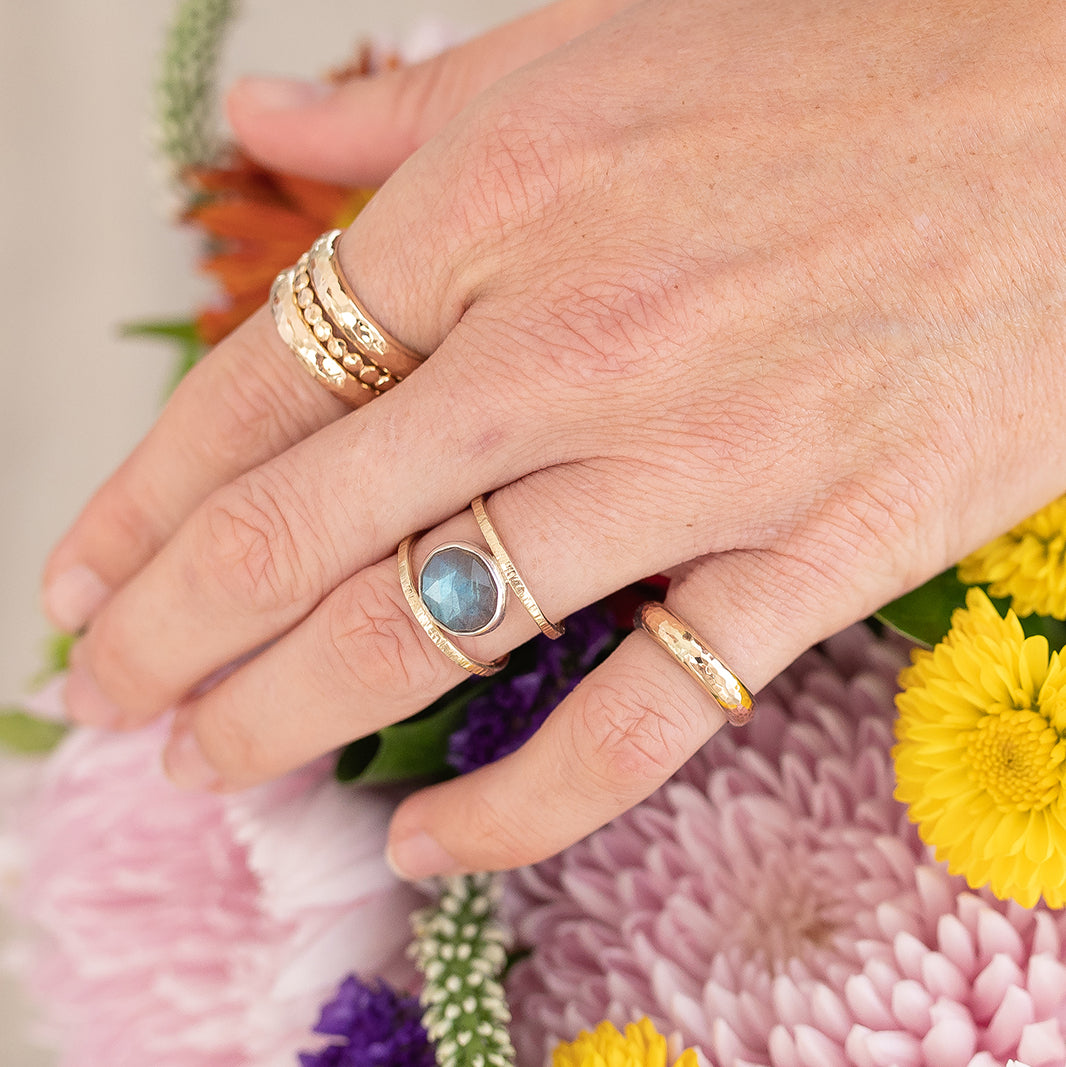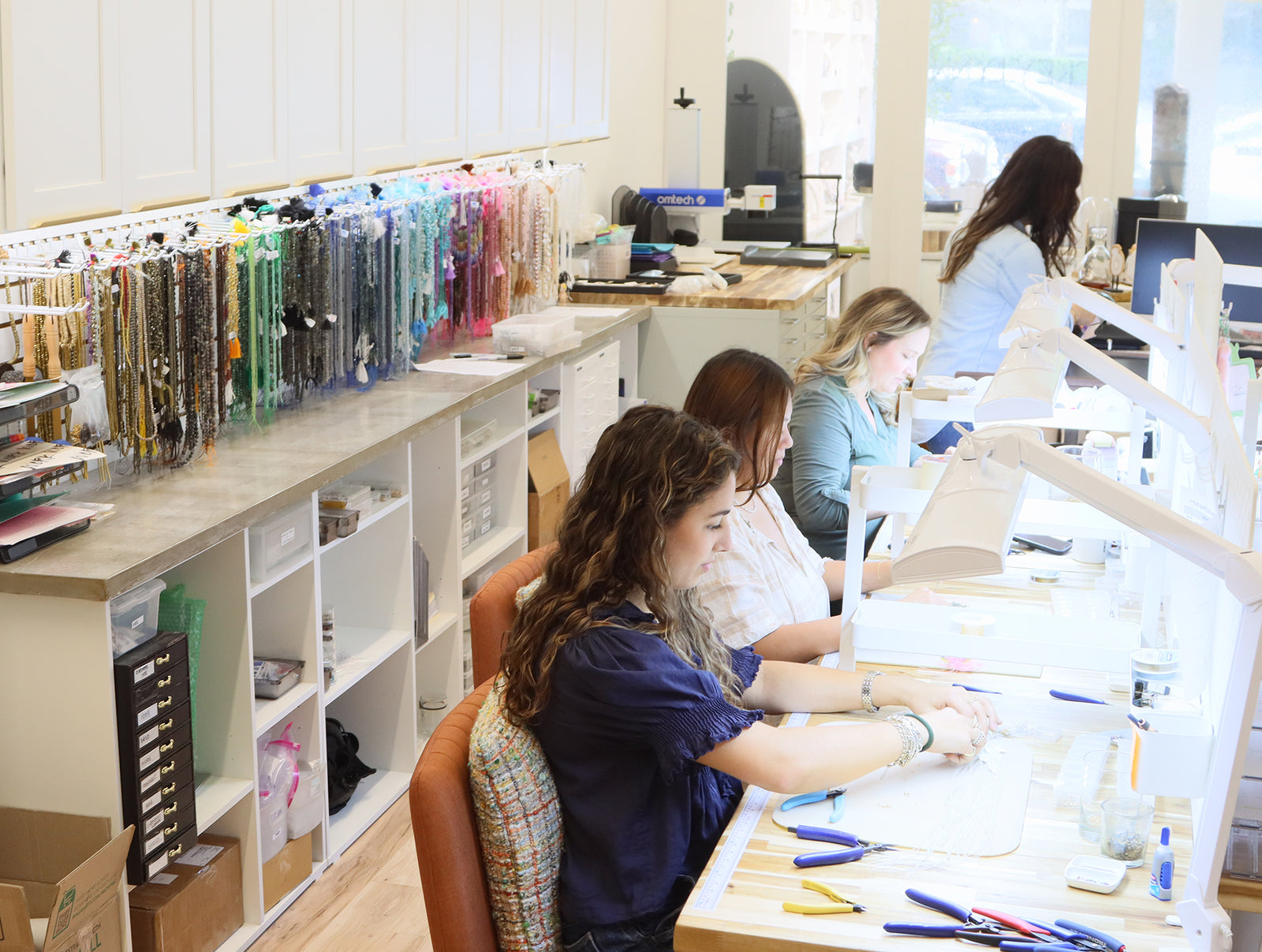
CATEGORIES
GEMSTONES

This term means that multiple layers of solid, 14k gold have been securely pressure-bonded to a core of high quality jeweler’s brass. The US strictly regulates this industry standard, requiring 1/20th or 5% gold by weight in all pieces considered ‘gold fill’ or ‘gold filled”. Gold filled is the industry leader for affordable, high quality, heirloom jewelry.
This term means that multiple layers of solid, 14k gold have been securely pressure-bonded to a core of high quality jeweler’s brass. The US strictly regulates this industry standard, requiring 1/20th or 5% gold by weight in all pieces considered ‘gold fill’ or ‘gold filled”. Gold filled is the industry leader for affordable, high quality, heirloom jewelry.
Quality vs cost: In our experience, using solid gold instead of gold fill raises price more than it raises quality. With proper care and storage, your gold filled pieces will be with you through decades of love and wear.
Wearability: Unlike gold plated fashion accessories, gold filled jewelry will remain stunning and bright with minimal care. On the flip side, you don’t have to be afraid to wear it… unlike your grandma’s heirloom fine diamond brooch.
Sustainability: Gold filled scrap can be easily recycled… and we make sure that happens. Furthermore, we hope that by creating pieces that last, we can keep trendy fast fashion pieces from ending up in the landfill.
Quality vs cost: In our experience, using solid gold instead of gold fill raises price more than it raises quality. With proper care and storage, your gold filled pieces will be with you through decades of love and wear.
Wearability: Unlike gold plated fashion accessories, gold filled jewelry will remain stunning and bright with minimal care. On the flip side, you don’t have to be afraid to wear it… unlike your grandma’s heirloom fine diamond brooch.
Sustainability: Gold filled scrap can be easily recycled… and we make sure that happens. Furthermore, we hope that by creating pieces that last, we can keep trendy fast fashion pieces from ending up in the landfill.
For any inquiries concerning 14k gold fill, please contact us at service@mickeylynn.com or by phone at 404.214.6077 between 10am – 5pm, Monday – Friday, EST.


